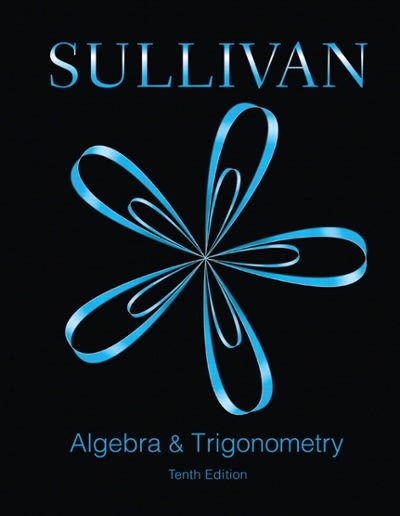Question
1. You are asked whether N, N, D, N, D constitute quantitative or qualitative data. Your best reply is a. quantitative because the letters probably
1. You are asked whether N, N, D, N, D constitute quantitative or qualitative data. Your best reply is
a. quantitative because the letters probably refer to a count.
b. qualitative because the letters probably refer to a class or a category.
c. quantitative or qualitative depending on whether the letters represent an amount or count, or merely a code.
d. quantitative or qualitative depending on the accuracy of the observations.
2. What's wrong with the following frequency distribution? X Frequency 220-239 1 200-219 0 160-199 0 140-159 11 120-139 17 100-119 21 70- 99 14 60- 69 8 30- 59 7 20- 29 2 0- 19 1 82
a. gaps between classes
b. unequal classes
c. not exactly ten classes
d. nothing is wrong
3. Frequency polygons are particularly useful when
a. data are qualitative.
b. data are ungrouped.
c. two or more frequency distributions are to be displayed on the same graph.
d. the original frequency distribution is to be portrayed with complete accuracy.
4. A stem and leaf display is ideal for summarizing distributions when you want to
a. produce an idealized distribution.
b. compare quantitative and qualitative data.
c. emphasize the orderliness of data.
d. preserve the identities of the individual scores.
5. An important characteristic of histograms, frequency polygons, and stem and leaf displays is
a. size.
b. total area.
c. relative area.
d. shape.
Step by Step Solution
There are 3 Steps involved in it
Step: 1

Get Instant Access to Expert-Tailored Solutions
See step-by-step solutions with expert insights and AI powered tools for academic success
Step: 2

Step: 3

Ace Your Homework with AI
Get the answers you need in no time with our AI-driven, step-by-step assistance
Get Started


